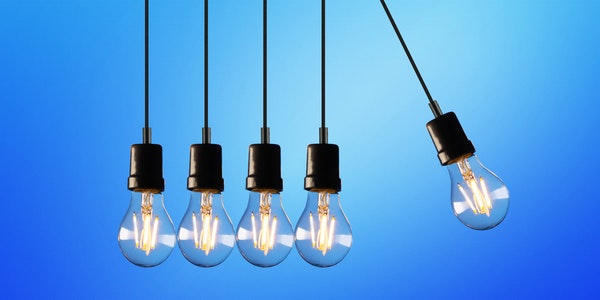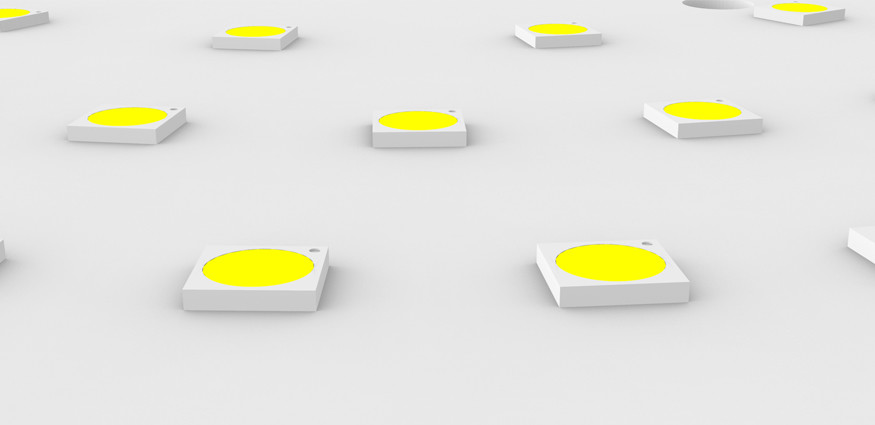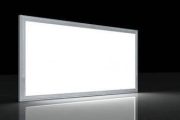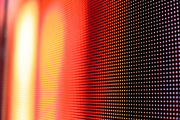Why LEDs are more Efficient than Filament Bulbs?
LEDs radiate almost no heat, so they are much more efficient than ordinary filament bulbs. Therefore, the percentage of electricity used is much higher than that of filament bulbs, because filament bulbs will eventually generate a considerable amount of electricity which is converted into heat.
At present, many countries are gradually introducing bans on filament bulbs, and the ban will be introduced at the end of 2021.
The regulation will prohibit the sale of bulbs that do not meet the efficiency standards, and may terminate the use of filament bulbs.
China, the United States, the European Union and other countries and regions have eliminated old filament bulbs because they are a huge waste of energy.
However, some experts and scholars expressed different opinions. Because of the higher cost of more efficient light bulbs, banning incandescent light bulbs is not good for consumers because consumers will pay high costs.
The use of LED lighting products can reduce energy consumption, thereby reducing carbon emissions, which is the cause of the global greenhouse effect.
As the earth’s temperature continues to rise, ice sheets around the world are melting, including the Antarctic ice sheet, which has melted 158m in 20 years.
Are Filament Bulbs Safe?
Filament bulbs occupy the forefront of lighting technology for half a century. Like all lighting products, they have brought light to the world and completely changed people’s lifestyles. However, because of its low light efficiency and the conversion of a large amount of electric energy into heat, it caused a series of questions, so it gradually withdrew from the stage of history. Let us briefly look at the problems caused by the filament bulb.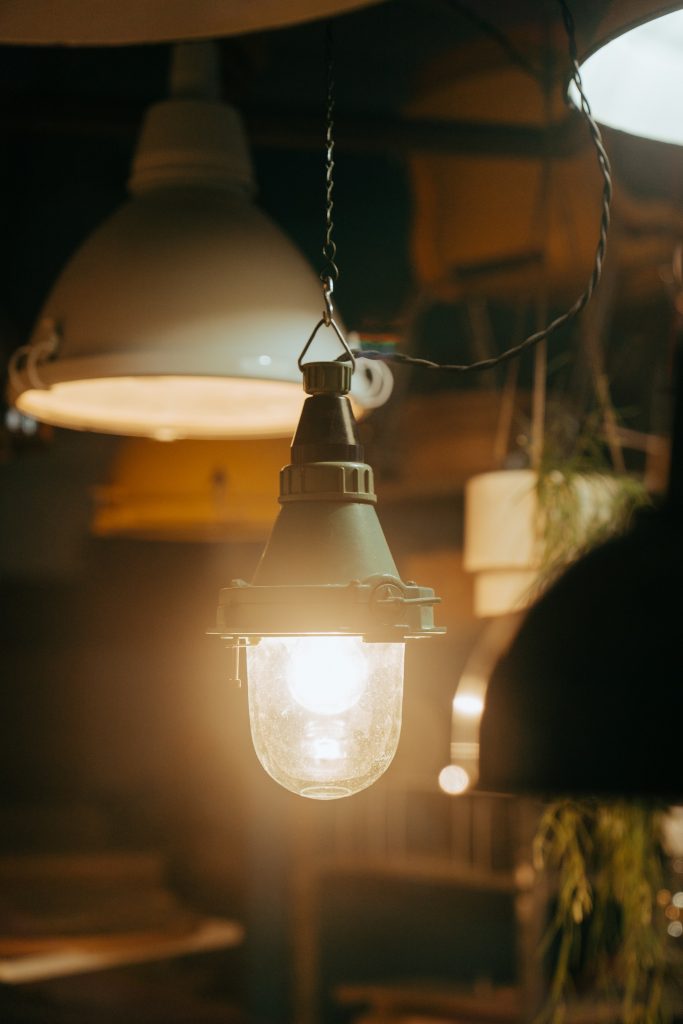
Impact on nature
More and more evidences show that bright light affects plants and animals. This is not surprising. Like us humans, animals and plants rely on blue light and darkness to regulate their day and night activities. For some species (nocturnal or other species), to safely migrate, hunt and grow, you must also rely on artificial light.
Although LED has replaced the filament bulb on a large scale now, we are using more energy-efficient and greener lighting, but the choice of lighting will inevitably cause some other impacts on the environment.
But fortunately, when choosing outdoor lighting at night, we have many different choices to minimize the impact on the environment, including a warm correlated color temperature (CCT) to choose dimming lights, which can only make them right When absolutely necessary, make sure that the light is pointed downward and properly shielded to avoid light pollution
Environmental pollution of materials
It is a well-known fact that compact fluorescent lamp (CFL) bulbs contain a small amount of heavy metal, mercury, which can cause great pollution to the environment. So they cannot simply be thrown into the trash can after being damaged or broken. They must be handled safely to prevent pollution of the environment or harm to others.
Like filament bulbs, LEDs currently on the market contain hazardous substances such as lead and arsenic. However, LED bulbs are not considered poisonous. Due to their extremely low content of such substances, they can be safely disposed of together with household waste according to current regulations.
Although there are few typical light bulb users that will come into contact with these heavy metals, and it is unlikely to damage the chemicals in them and cause harm to the human body, FDA researchers recommend that you take precautions, such as wearing gloves to sort out any broken or Wear a mask when the bulb is damaged.
Effect on sleep
Light affects our ability to fall asleep at night and wake up during the day by inhibiting the production of melatonin (a chemical that helps us fall asleep), which is a good thing in most cases. Melatonin is produced during waking hours. The blue light emitted by the sun helps us maintain our circadian rhythms, keeping us awake and productive during the day, and feeling more tired at night and when we need to go to bed at night.
This will become a problem if we introduce an artificial blue light source at the wrong time. The blue light before going to bed or when we should sleep can impair our ability to sleep.
headache
“Electromagnetic disturbance” is a scientific term used to refer to a power source that produces a hum or flicker. Some people are susceptible to the side effects of so-called electromagnetic disorders. They are usually people with electromagnetic hypersensitivity or electrical sensitivity.
Although the existence of electromagnetic disturbances is still controversial, some people do say that headaches occur under filament bulb lighting. The possible cause of headache caused by filament bulb is indeed the bulb strobe. Like LEDs, filament bulbs can blink at various speeds that are visible and invisible to the naked eye. Whether they work and how fast they are depends on the type of fixture installed, whether an appropriate dimmer switch is used, their internal components, or whether the light is dimmable.
Nowadays, with the continuous development of lighting technology, the strobe of the filament bulb has been kept within an acceptable range, and the harm to the human body has been reduced to a minimum. Another good news is that flickering can be easily eliminated by replacing the fixture or dimmer switch, or upgrading the bulb. For example, the brand filament bulb contains high-quality power supplies and ICs, and is therefore unlikely to flicker.
Eye fatigue or damage
As people are more and more concerned about screen time, and more and more questions come from whether the light from the filament bulb can cause retinal damage, the level of light emitted by the filament bulb, and when people feel glare and discomfort. A review was conducted. Filament bulbs are lighting sources, so are they dangerous to the human eye?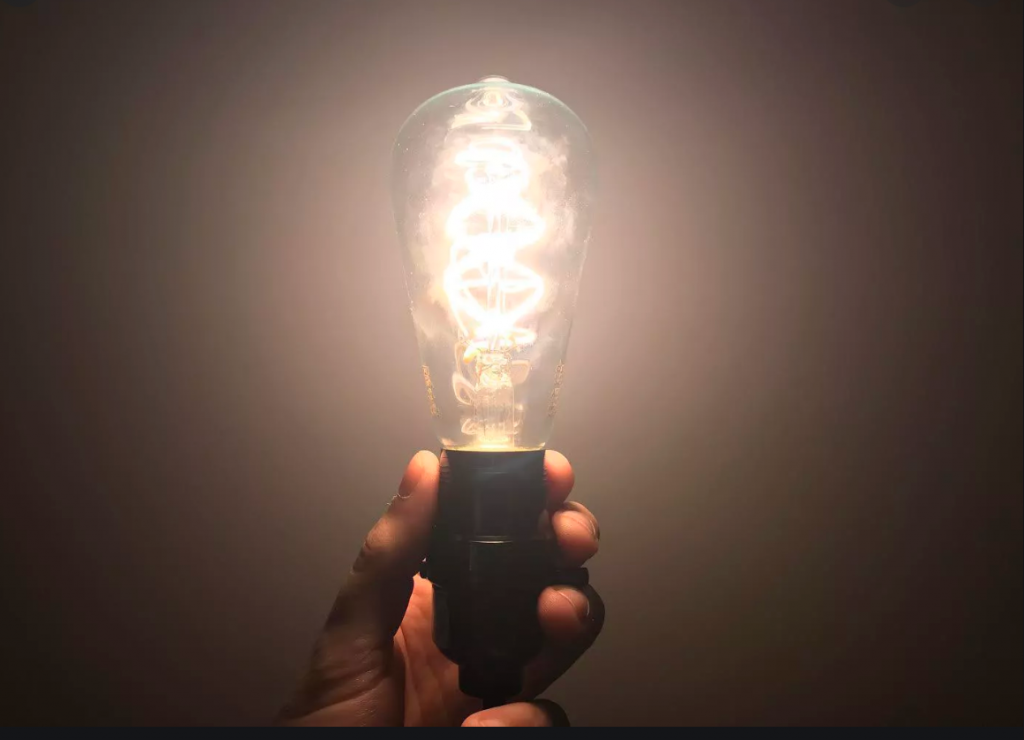
Regarding this point, researchers are still conducting research, but they suggest that we should not be exposed to high energy visible light (HEV) blue light for a long time or excessively, especially for adolescents and children who are in the developmental stage.
Although there are signs that if we are not careful, light may cause us a certain degree of harm, especially if we are susceptible to this condition, but it is important to remember that we are naturally exposed to the sun every day , And it is actually essential to our health-light helps memory and cognitive function and improves mood, can increase alertness, and “helps maintain our circadian rhythm.”
How Filament Bulbs Work?
The filament bulb has been around for more than a century and is still in use in many households. So, how does the Filament bulb work?
Bulb
First of all, there is a light bulb that we often see. The bulb is usually a glass ball and is vacuumed because the air inside the bulb has been evacuated.
filament
What is the key part of the light bulb? The Filament lamp contains a long, coiled metal wire called a tungsten wire. What you may not know is that an average 50-watt light bulb contains more than 8 feet of filament.
Electricity
Electricity is the key to the bulb’s work. When you turn on the light, current flows through the filament, and when the filament heats up, it glows. The temperature of the filament determines the color of the light.
Why is the bulb vacuum? Because if there is air in the bulb, the filament will quickly heat up and burn out. This is why the bulb must be vacuum or filled with special inert gas so that the filament will not burn out.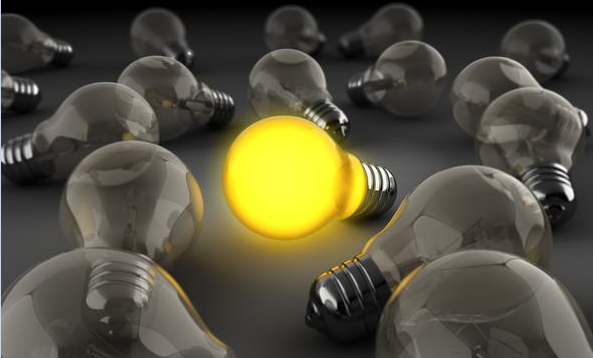
Filament bulb structure is very simple, mainly filament, glass cover and electrode, but the efficiency is very low. Approximately 70% of the current flowing through the filament only generates heat, and a small portion of less than 30% generates light. So the bulb will be very hot. The Filament bulb is essentially a heater, and the light is just a side effect. Such low efficiency is also the reason why the shift to more efficient fluorescent lamps and LED lighting has been vigorously promoted.
The hot filament of the Filament bulb will deteriorate over time, so the Filament bulb will eventually burn out. The filament will gradually become very fragile, oxidize, and eventually break, and current will no longer flow through the filament. Eventually, the bulb no longer emits light.
Due to higher efficiency, power saving, environmental protection, and a life span of up to 5 years, new LED light bulbs will gradually become popular in the world on a large scale. The way this type of bulb works is completely different from filament lamps and fluorescent lamps. It will bring light to humans and at the same time play a good role in protecting the environment and human health.
If you have any questions about lighting, please feel free to contact us, we will tailor a reasonable solution for you.

